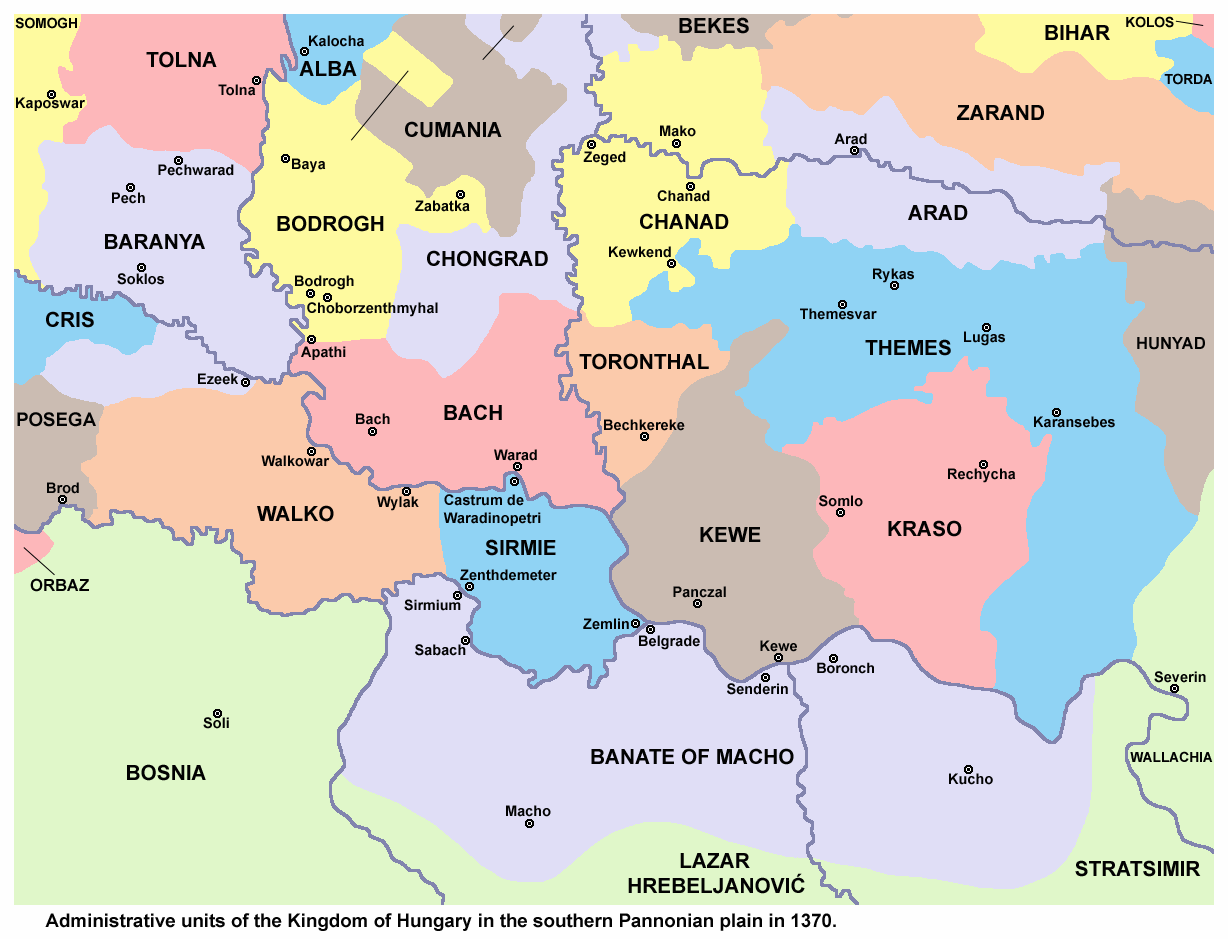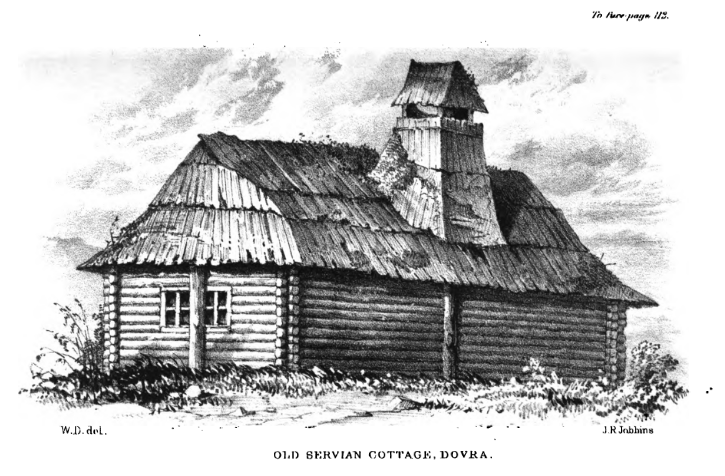By: Jevto Dedijer
II
It is established that Old Serbia has the most beneficial position among the lands of the north part of the Balkan Peninsula. The importance of this position is in it directly touching almost everyone, for it having easy and natural connections and that it takes up a central position between all the countries of the northern part of the Balkan Peninsula. The especially easy and natural connections it has with Macedonia (the Vardar river valley) and with Serbia (the Morava river valley). Of a lesser importance are the natural communication lines with Bulgaria, Bosnia and Montenegro. The connections to northern Albania and the coast of the Adriatic sea are very easy due to its natural characteristics, but are today without significance due to the anarchy which has been present on this important historical road for several centuries.
Of especial importance for Old Serbia is that through it passes the most important vertical Balkan communication line, the Morava-Vardar valley and that it is reached by the most important horizontal communication line which goes from Skadar through the Drim valley to Metohija and Kosovo. The Morava-Vardar valley represents a spacious lowlands line which splits the body of the northern Balkan Peninsula in half and which with its spacious and widely branching basin controls over the significant parts of the Peninsula. But its main importance is that it connects the regions of the Pannonian (Hungarian) Plains with the regions of the Aegean and Mediterranean seas and it represents the shortest land route from Middle and Western Europe to the Suez Canal and India. Old Serbia takes up the central part of this communication line and holds its most important point, the Preševo watershed. The importance of the Skadar-Kosovo road, which mostly passes through Old Serbia is in the following. The western coast of the Balkans from Rijeka (Fiume) to Greece represents a closed sea coast. It is rich with bays, sometimes very rich, but all of these bays’ hinterland is closed off with high, craggy and impassable mountain ranges, which run parallel with the sea coast. They are the reason why the richly jagged Dalmatian coast can not get its true significance. The rivers on the western part of the Balkan Peninsula, which run across the line of the mountain ranges are mostly small, with a short flow and their valleys rarely cut into the highest ranges of the mountains in the Dinarid and the Greco-Albanian mountain systems. These unfavourable circumstances change on the line Skadar-Metohija-Kosovo. Around the Skadar Valley the mountain ranges go from the north-west south-east direction and change into a south-west north-east direction; therefore they there stop going parallel to the coast but run perpendicular to the coast and therefore make the access from the coast to the hinterlands easier. In the forks of the tectonic collision of the Dinarid and Greco-Albanian mountains which happens in this region and whose consequence is the change of direction of the mountain ranges, develop a range of tectonic hollows (valleys), which go in a line from the coast to the interior. These valleys have allowed for easier traffic between the interior and the Adriatic coast and they are the reason why in the Middle Ages the most important horizontal path passed through them and why the Skadar coast represented one of the richest and most cultured areas of the Balkan Peninsula. For building a normal railway line it is also of importance that these valleys are interconnected with the valley of Drim and that it takes them to the sea coast.
For Old Serbia it is crucial that this most important horizontal communication line joins up with the Morava-Vardar valley in it, which again represents the most important vertical communication line.
Due to these beneficial natural connections Old Serbia with neighbouring parts of Serbia and Bulgaria is called the central Balkan region, which has the easiest direct links to the neighbouring lands. In this region is included the Skopje region with Ovče Polje, Kumanovo and the Preševo watershed, Kosovo, the areas around Vranje, Leskovac, Pirot and Niš in Serbia and the areas about Kyustendil and Sofia in Bulgaria. In this region the Skoplje-Preševo region has a unique position. It has easy and secure lines in all directions, hold in it the key to the vertical communication line and its connection to the main horizontal communication line; finally Skoplje-Preševo is a region of significant natural riches. Due to these caharacteristics the Skoplje-Preševo region becomes the centre from which one can most easily rule wide areas of the Balkan Peninsula and from which a strong strate in the interior of the Balkan Peninsula can develop. For these reasons Cvijić separated out the Skopje-Preševo region in importance and called it the Balkan core. (“Основе”, vol I, pp. 47-52, and vol III, p. 1058).
In this central region the position of Niš is perhaps of no less importance, when one takes into account its connection to the valley of Timok and with Kosovo. The first brings it in contact with the valley of the Danube, with the Vlach Plains and Southern Russia and the other with the Adriatic coast, Italy and Mediterranean world. When it is added that Niš sits on an important point in the Morava valley, that it has excellent connections to Belgrade, Salonica and Sofia, then its great historical importance which it preserved through the ages it understandable; the Danube-Adriatic railway will make it the most important rail junction in the Balkan Peninsula where the traffic from the Mediterranean regions will cross with the steppe and boreal regions of European Russia from the one and from Central Europe and Near East [Levant or Middle East in English, translator’s note] from the other side. And for these reasons it is of a great general cultural and global interest to make a railway line from Skadar to Danube as quickly as possible and for that line to come into the hands of a civilised state.
Translated by Books of Jeremiah



